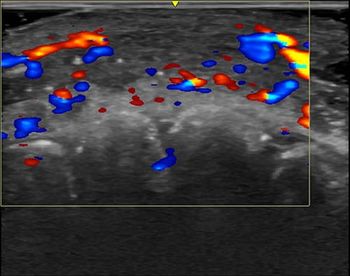
Stenting gives uneven aid to patients at risk of stroke
Only patients with severe intracranial arterial stenosis may benefit from prophylactic stenting, according to a study from China in the February issue of Neurology.
Only patients with severe intracranial arterial stenosis may benefit from prophylactic stenting, according to a study from China in the February issue of Neurology.
Evidence has been lacking to demonstrate that patients with symptomatic severe intracranial arterial stenosis faced a higher stroke risk after angioplasty and stenting than patients with moderate blockage disease. The latest study proved that patients in the former group actually benefit from preventive stenting, said Dr. Wei-Jian Jiang, an interventional neuroradiologist at the Capital University of Medical Sciences' Tiantan Hospital in Beijing.
The data also suggest, however, that patients in the latter group may not benefit at all, according to Jiang.
Jiang and colleagues assessed 213 patients, aged 20 to 79, who underwent prophylactic primary stenting of symptomatic intracranial atherosclerotic stenosis between September 2001 and June 2005. Of these, 121 patients had a stenosis degree above 70%. All others had a moderate to low artery blockage below 69%. The investigators found that neither group showed a significant difference in terms of their respective risk of having a stroke after stenting.
The study's primary endpoints included lesion-related ischemic stroke, symptomatic brain hemorrhage, or subarachnoid hemorrhage after stenting. Ten endpoint events affected the severe stenosis group, with six occurring within 30 days of stenting and four during the follow-up period. Seven endpoint events affected the moderate group, four of which occurred within 30 days of stenting.
There was no significant difference in cumulative probability of primary endpoints between the severe (7.2% at one year and 8.2% at two years) stenosis group and the moderate (5.3% at one year and 8.3% at two years) group. No single factor was found to be associated with primary endpoints in the moderate stenosis group. Multivariable analysis revealed that stent failure was the only predictor of primary endpoints in the severe stenosis group.
Further research should establish the full benefit of stenting in patients with severe artery blockage before it can be used as a routine procedure, Jiang said. China's Ministry of Health supported the study.
For more information from the Diagnostic Imaging archives:
Newsletter
Stay at the forefront of radiology with the Diagnostic Imaging newsletter, delivering the latest news, clinical insights, and imaging advancements for today’s radiologists.




























